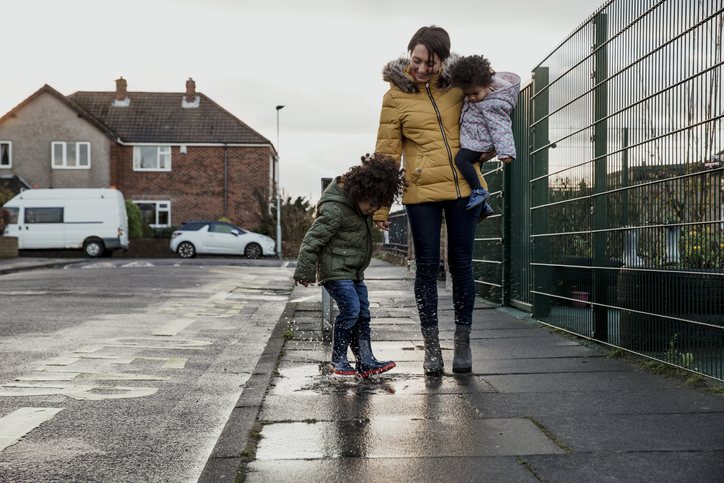
It is well known that the wider-determinants of health have a big impact on our wellbeing, from the places we work to the businesses on our local highstreets.
London is taking ground-breaking action to improve the environment in which our children and young people grow up.
Health and social care partners across the capital have come together to explore the creation of ‘School Superzones’.
These will be zones around schools – around a 5-10 minute walk,– where we aim to create healthier and safer places for London’s children and young people to live, learn and play.
The move comes as part of London’s devolution commitments, and in light of increasing recognition that a focus on prevention is necessary to improve the long-term health of Londoners.
Healthy spaces reduce health inequalities
Having healthy spaces and neighbourhoods is vital to giving children the best start in life and reducing health inequalities.
We know that being exposed to an unhealthy environment as a child can have a lasting impact on mental health, obesity, educational achievement and long-term conditions.
It is not acceptable that in cities like London there are so many examples of fast food outlets, unhealthy advertising, high numbers of gambling premises and areas of poor air quality; all of which tend to cluster in the most deprived areas, meaning it is harder for the health gap to close.
The Superzones project is being developed and tested in 13 boroughs across the city, and is aligned with the National Institute for Health Research (NIHR), as well as some of London’s lead experts on evaluating complex health interventions.
This collaboration enables project leaders to keep abreast of the evidence and invite challenge into the process. Early success has allowed us to bring together a diverse range of stakeholders to tackle problems and design tangible actions with communities to improve their neighbourhoods.
Innovative approach to improving our environment
The strength of the approach is the way it assesses the character and needs of school superzones, and then tailors and prioritises a mix of actions appropriate for that place. Plans so far include an exciting and diverse range of actions, such as:
- reducing traffic around schools to bring down air pollution
- restricting the advertising of unhealthy foods
- improving pedestrian routes to schools, and
- redesigning public spaces to discourage crime
Other innovations include installing public water fountains to encourage healthier drinking habits, improving access to and usage of green spaces, and community food growing projects. We look forward to seeing how these ideas progress and are implemented in the coming months.
Rolling out Superzones across the capital
Through our work, we would like to contribute towards building the evidence base for this combination of interventions. This project is a real opportunity for us to establish best practice, and gain an understanding of what we can do and what works for local communities.
Evaluation of this exploratory phase will be conducted by requesting detailed feedback and analysis from project leaders on what has worked well and what can be improved. With Superzones set to be rolled out across the capital later this year, this initial evaluation will feed into how the larger scale project expansion will be implemented. We are excited to see the positive impact we believe this initiative will have on the health of London’s children.
The participating boroughs are:
Camden, Croydon, Enfield, Haringey, Harrow, Islington, Lambeth, Lewisham, Merton, Greenwich, Southwark, Waltham Forest, and Tower Hamlets
For more information or to get involved contact LPreventionDevo@phe.gov.uk

1 comment
Comment by Lead Safe World UK posted on
Could you be missing an important health risk in urban environments? Lead is a powerful toxin and is still around. Evidence is provided here:
http://urbanleadpoisoning.com/